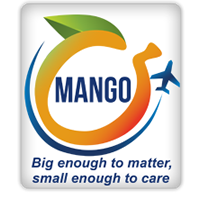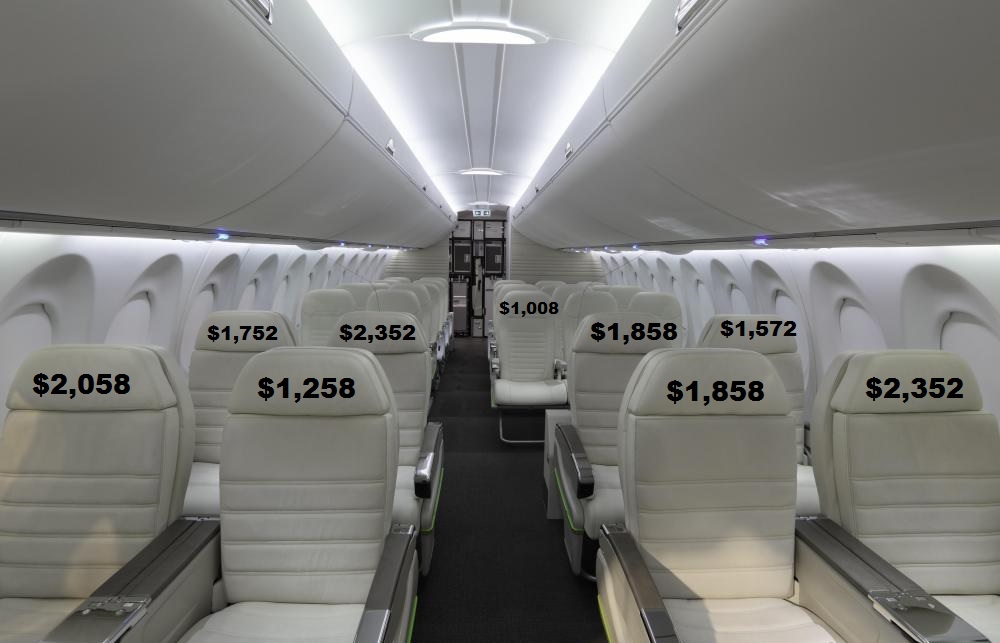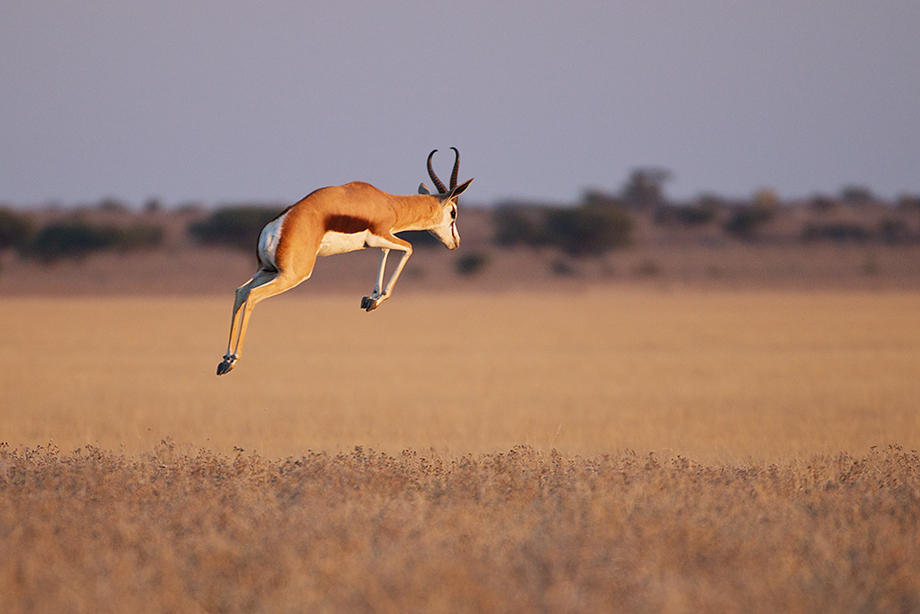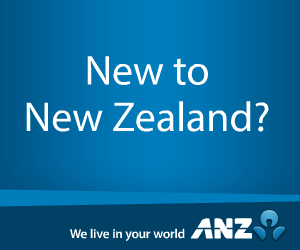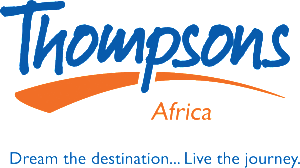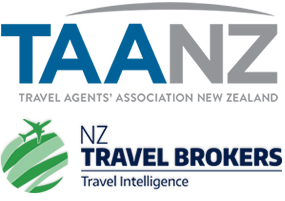At Mango Travel we have been called every name in the book by customers who get a quote for a fare, and come back three or four days later just to be told “The fare has gone up and that’s why the advertised price reads “from“.
Travel Agents have been accused from clever marketing to false advertising and using bait and switch tack ticks to everything in between. And understandable so, it’s impossible to budget with fluctuating airfares and makes shopping for the best deal even more frustrating to say the least. We totally get why customers get upset, heck we get upset. As an agent you pride yourself on sourcing the best deal for your client. Breaking the news that the airfare price has increased with $400 per person in the last 24 hours to your client is hardly the high-light of a career in travel…
On the up side we get a lot of praise from clients when we issue an airfare for less than quoted and paid fare. Fortunately it does happen the other way around as well, that between payment being processed and received and the issuing of tickets the fare actually comes down.
In truth
Mango Travel nor any other travel agent deserve the credit or criticism for fares fluctuations. The airlines set the fare prices – period. Just as the airlines set the fare prices they change the fares and rather more often than you might think. Checking a fare price and the availability of that fare is just like checking the stock market. What the stock sells for this morning is not what it will sell for at the end of the day or tomorrow, and what will it sell for tomorrow is the million dollar question we all have. Airfares behave in the same way as stocks do in regard to always changing based on demand and supply.
It is all based on a system called yield management. Airlines employ high-tech software to control the supply of seats and associated pricing to the market demand for those seats. Say you have a plane with 100 seats on it. Using yield management you will not sell every seat at the same price, not everybody traveling behave the same or are traveling for the same reasons. You will have travelers that fit into one of the following groups.
A – Business travelers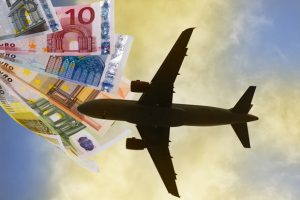
B – Emergency travelers
C – Don’t care about price travelers
D – Only if price is right traveler.
Each of these groups have a different maximum price they are willing to pay. The business traveler (Group A) will pay for example maximum of $500 for a seat on your plane of 100 seats, however the Don’t care about price traveler (Group C) will pay $1000 for the same seat. The Only if the price is right traveler (Group D) for example would pay no-more than $300 for the same seat, however the Emergency traveler (Group B) will happily pay $800 for that same seat.
The airline’s dilemma is
that if they set the price per seat at the maximum price they can get from the group C, they would generate a lot of revenue from those passengers but they would be flying planes with a lot of empty seats (a wasted opportunity!!). On the other hand, if they fill the plane by charging fares low enough to attract all of the “Only if the price is right travelers” group D , they will be giving seats to group A, B and C for far less than what they are willing to pay. The thought of that makes the airlines cringe. That’s why airlines never just have one fare for any particular seat but sever some times even dozens of different fares for the same seat. Below is a real life example we borrowed from United Airlines, but this applies to all airlines.
United Airlines currently publishes 43 different one way economy class fares for flights between Los Angeles and Chicago. These fares start at $109 one way, but there are also fares of $139, $149, $159, $189, etc. all the way up to $1765! The highest fare is more than 16 times more expensive than the lowest fare even though, no matter which price you pay, you’ll end up with the exact same seat, the exact same food (or lack thereof), and the exact same service. (To be the fair, the very highest fares do usually include a few extra, but relatively minimal, perks like being refundable, easier/cheaper to change, first dibs at the best seats on the plane, etc. but nothing that substantially changes what you get for the fare that you pay.)
Knowing that a given seat on a United Airlines flight to Chicago may cost anywhere from $109 to $1765, you would naturally say “I’ll take the $109 option” but, of course, the airlines don’t make it that easy. Their goal is to funnel every would-be traveler into the highest “fare bucket” that they can. They do that, first, by adding restrictions to the lowest fares that limit how many people can take advantage of them. For example, the $109 fare to Chicago requires you to purchase it 21 days in advance and to fly on Tuesdays, Wednesdays, and Saturdays (the least popular travel days, where it’s harder to sell seats at higher fares). Other fares have 14 day advance purchase requirements and, still others, 7 day. Some fares are blacked out around holiday and other peak travel times. Generally speaking, the lower the fare, the more restrictions there will be on it, and the fewer flights that that fare will be offered on.
But just as important is the fact that, even if a fare is offered on a certain flight, the airlines will limit the number of seats available at that fare level. For example, United may say that on a given flight they will only sell up to 10 seats at the $109 fare, 15 seats at the $139 fare, 20 seats at the $149 rate, etc. From a practical standpoint, this is the probably the most important point to understand about airline pricing. As more and more seats are booked on a flight, more and more fare levels will be “closed out” so the end result is that additional passengers will be stuck paying higher fares.
It’s actually even more complicated in practice. Airlines actually have computer programs that are constantly monitoring flights, analyzing booking patterns, and in real-time changing the number of seats available at each fare level. If a flight is booking up faster than expected, an airline may decrease the number of seats available at some of their lowest fare levels, or wipe them all out altogether. If a flight is not selling well, suddenly more seats may appear at fare levels that were previously “sold out”.
Conclusion
If you are more confused now than before, you are not alone. Airfare pricing is far more complex than what we tried to make out above, I mean we have not even touched on the taxes and when do which taxes apply or difference in currencies and the NUC currency and so on. We have however four quick fire tips for you to keep in mind when dealing with airfares and their pricing.
1. It is not uncommon for fares on a particular flight to change on a daily, sometimes even hourly
2. If you see a fare, know that it may not be there the next time you search –it could be higher, it could be lower
3. Mango Travel aim to do a really good job at sorting through tens of thousands of options to find the best deals, but it is the airlines and their pricing teams who are actually responsible for those deals and how they must be advertised to the public.
4. Fares on a particular flight will generally increase as the flight becomes more heavily booked but at certain points, fares may fall dramatically if a fare sale is launched or an airline computer determines that booking levels are below where they should be for a given departure date
You can avoid all of the above and just call Mango Travel if you have better things to do with your time like I don’t know… maybe traveling!
